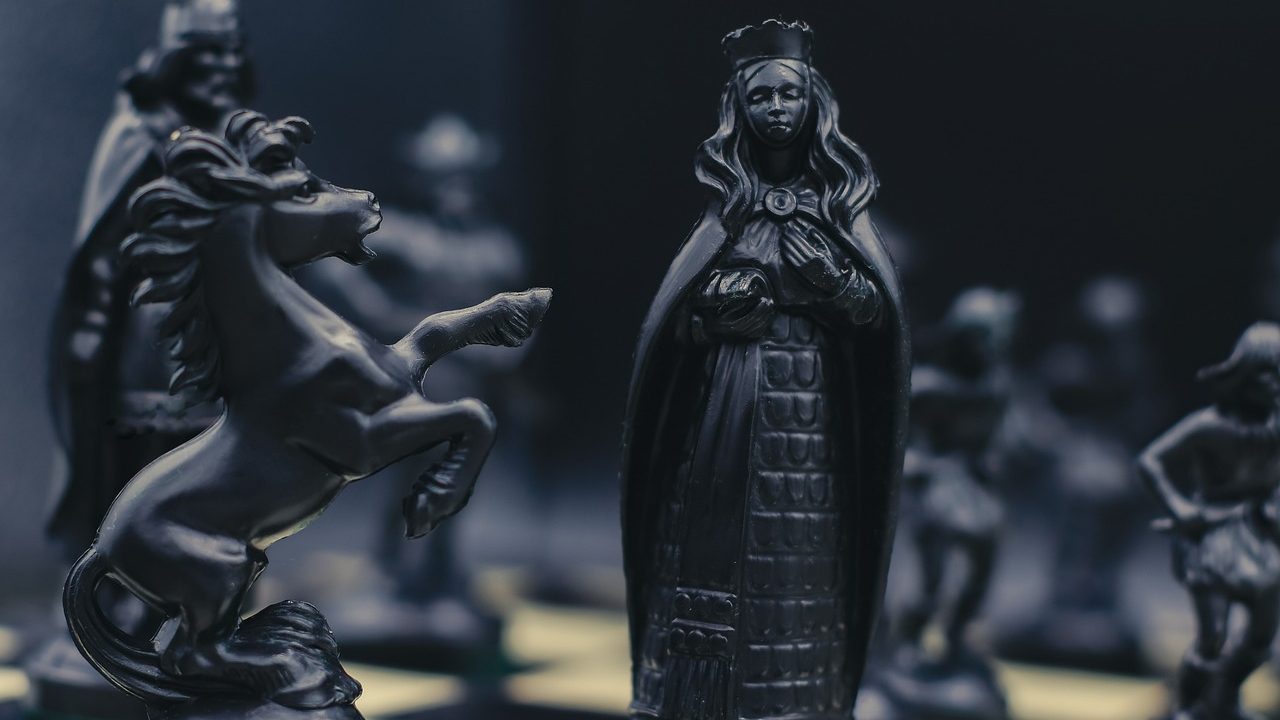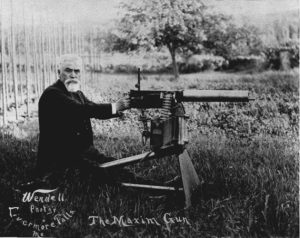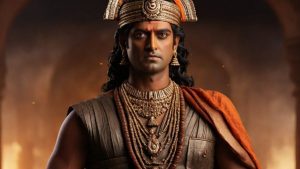Few people in the history of ancient Egypt stand out as much as Queen Hatshepsut, the mysterious monarch who broke tradition and changed the perception of women in positions of authority in a patriarchal culture. Her reign, which lasted roughly from 1479 to 1458 BCE, was a time of great wealth, cultural development, and architectural beauty. However, under the surface of her achievements is a rich tapestry of mystery and intrigue that compelled academics and historians to solve the mystery surrounding her legacy.

Hatshepsut, the daughter of Pharaoh Thutmose I and Queen Ahmose, came to be known for her remarkable lineage of the Eighteenth Dynasty. Her road to kingship was not an easy one, though. Hatshepsut’s rise to power was unusual in a society where male control predominated. She overcame the complexities of power politics to establish herself as pharaoh, but her story is one of tenacity and resolve. Hatshepsut’s bold adoption of the complete regalia of kingship, including the customary pharaonic clothing and the artificial beard symbolizing divine sovereignty, is one of the most fascinating features of her reign. She boldly declared herself the sovereign ruler of Egypt, refusing to appear as merely the consort of her stepson, Thutmose III. Historians are perplexed as to why she did this unique act of self-assertion and how it violates traditional notions of gender roles and power dynamics in ancient Egypt.
Queen Hatshepsut’s reign was marked by unmatched wealth and cultural splendor. Egypt saw an era of both cultural and economic revival during her reign. She started large-scale construction projects and commissioned impressive structures like the magnificent mortuary temple at Deir el-Bahari, an example of ancient Egyptian architecture. These colossal constructions represented her commitment to preserving her legacy for future generations as well as paying homage to her celestial position. Hatshepsut’s reign is still largely unknown despite her incredible accomplishments; there are numerous unanswered concerns about the nature of her rule and the circumstances surrounding her departure from historical accounts. Her abrupt reign’s end and the attempts that followed to have her removed from history create fascinating questions about the mechanics of power and succession in ancient Egypt. Several academics hypothesize that Thutmose III, her stepson, contributed to her collapse by attempting to seize power for himself following years of co-ruling with his aggressive co-regent.
The difficulties in assembling the shards of Hatshepsut’s legacy are highlighted by her centuries-long absence from historical memory. Her tomb was buried in the cliffs of Deir el-Bahari, and it wasn’t until the nineteenth century that archaeologists unearthed it that the magnitude of her achievements and the magnificence of her mortuary complex were revealed. But even after her monuments were discovered and her name was once again included in the chronicles of history, the real Queen Hatshepsut is still a baffling mystery that sparks scholarly discussion and conjecture. Recent developments in technology and archaeological study have illuminated previously unknown aspects of Hatshepsut’s life and reign. By examining inscriptions, artifacts, and DNA evidence, researchers have started to solve the mystery surrounding her ascent to prominence and her long-lasting influence. Nonetheless, there are still a lot of unsolved concerns, which allows for more research and learning.
The mystery surrounding Queen Hatshepsut remains as evidence of the intricacy of Egyptian history and the enduring attraction of its mysterious pharaohs. Her rule disregarded custom questioned gender expectations, and profoundly altered Egypt’s cultural fabric. Hatshepsut continues to be a symbol of strength, tenacity, and the never-ending search for knowledge in the study of ancient civilizations as researchers work to solve the riddles surrounding her reign.
ARTICLE BY – YASHVI ASODIYA | EDITED BY – SAHIL HARVANI



